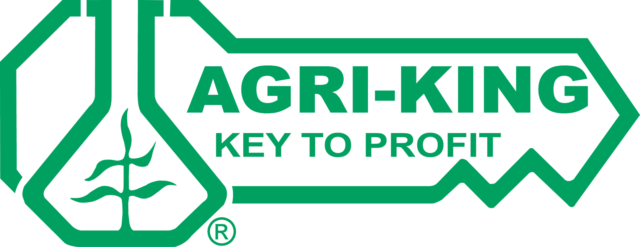Corn stover is growing in importance as an element in cattle feedstock. The ration supplement, when mixed with hydrated lime and water, can help to reduce the cost of feed by up to 40 percent when compared to traditional corn silage.
To truly benefit from the savings and efficiency that corn stover offers as a part of your feed, it’s important to understand all the benefits it provides and how to look for a solution for harvesting that reduces costs.
Corn stover in cattle feed
High-protein feed is a key ingredient when fattening and finishing valuable beef cattle. Studies show that a substantial portion of the grain in cattle feed can be replaced with corn stover. To increase the value of the corn stover, growers should treat it with calcium oxide (CaO) and water.
The mixture activates a chemical reaction that reduces fiber levels in the cell walls, making fiber more available to rumen bacteria and boosting digestibility. A report from Archer Daniels Midland notes studies have validated that this feeding strategy could improve feeders’ financial returns by lowering input costs without impacting the animals’ physical development.
Effective harvesting solutions
To maximize savings and efficiency, look for a solution for corn stover harvesting that reduces operating costs and that feeds easily and uniformly into the baler. You can only process what you actually put into the machine to meet the demands of modern corn harvesting to boost productivity and harvesting efficiency.
Look for a solution for corn stover harvest that enhances stover quality while reducing fuel use, labor costs and equipment capital requirements.
Additional harvesting considerations
One of the common arguments for or against harvesting corn stover is the ability to regulate the amount of corn stover left in the field. Many claim that traditional methods of harvesting corn stover can actually be detrimental to the health of the soil and crops grown on it.
As corn yields continue to rise, the amount of stover will also increase. Removing stover is becoming a necessity. The key consideration is to determine the amount of corn stover that can be removed without adversely impacting crop yields and soil quality.
Excessive stover can physically interfere with planter units during planting and can reduce good seed-to-soil contact, reducing emergence. Removal of stover may assist seed germination and emergence. Heavy residue can also slow the drying and warming of soil in the spring. This is problematic in heavy, wet soils and can delay planting.
Harvesting systems
There are essentially three harvesting options available, each with pros and cons.
One-pass systems
One-pass systems are combine tows with a specially designed baler that produces clean stover because stover comes right out of the combine and is baled without touching the ground. The main advantage to this system is cleanliness.
The disadvantages include: The system retrieves only the stover passing through the combine, typically less than 30 percent of stover is available for harvest, it contains a higher proportion of cobs, it runs slower than standard combines due to increased power required to run both combine and baler, there is no opportunity to dry the stover after grain harvest so harvest must occur at lower moisture, and a single-pass system does not do the same work of other solutions that enable corn to be harvested at a higher moisture content and allow the stover to dry on the ground for baling.
One of the biggest drawbacks of the single-pass system is that the crop has to be combined at a lower moisture, which can delay the harvest window.
Two-pass systems
A two-pass system is achieved through a cornrower attachment – a chopping cornhead designed specifically for corn stover harvest. During corn harvest, the combine windrows corn stover, and a second pass with a baler picks up the stover from these windrows.
The advantages to a two-pass system are: It requires only one additional pass to bale the stover, it chops the stover as it delivers the material to the windrow, and the result is a very baler-friendly material length that packs easily and feeds uniformly and blends in rations without further processing.
This system does not slow down grain harvest. The cornrower distributes the stover from the head into a central windrow, resulting in greater stover harvest with no dirt or rock contamination of the windrow. The cornrower chops the stalks and an auger puts them into the windrow under the combine.
This system enables corn harvesting at higher moisture and makes a high-quality feed. The high-energy cobs and husks end up on top of the windrow. It also provides verifiable control of stover harvest rate.
Three-pass systems
A three-pass system involves harvesting the corn with a combine, following with either a rake or flail windrower and then baling the windrows. The advantage to this system is: It leaves stalks intact, which is more efficient for the baler pickup.
Disadvantages to this system include: It has the tendency to bring in more dirt, thus increasing the ash content of the stover; it may require stalk chopping before raking; it requires additional processing if stover is to be blended in a feed ration; additional soil compaction results.
The emerging opportunity of corn stover
There are approximately 137 million tons of corn stover presently available worldwide, and it will continue to be a growing opportunity and challenge for the agricultural industry. With the right harvesting solution, those interested in taking advantage of the savings and efficiency of corn stover will benefit immensely in their operation and bottom line.
References omitted but are available upon request. Click here to email an editor.






